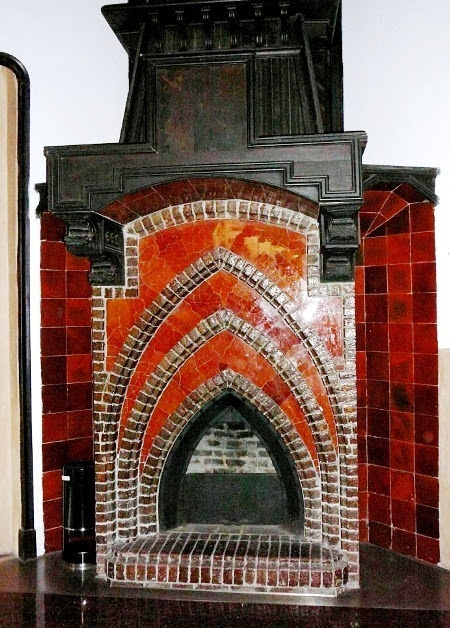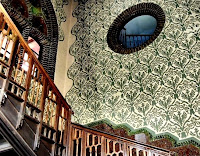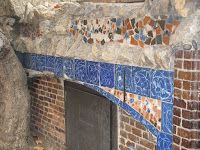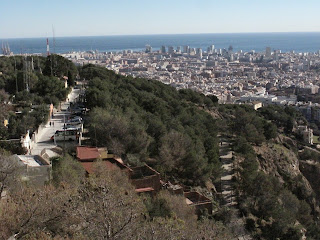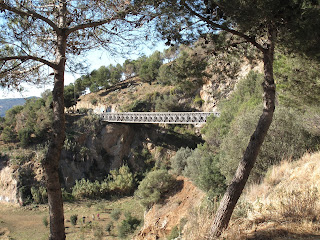Templo de Debod
In January, I visited the magnificent Templo de Debod located in the Parque del Oeste in Madrid. Built in the 2nd century BCE in Upper Egypt by the Kushite king Adikhalaman, the structure constitutes one of the few examples of ancient Egyptian architecture outside Egypt. The Egyptian state donated the temple to Spain in 1968 as a sign of gratitude for Spanish assistance in saving architectural sites affected by the construction of the Aswan Dam. The Parque del Oeste, an urban green area developed in the early 20th century and expanded during the second half of the century, houses the Egyptian structures and provides an open space for these ancient temples. The reconstructed buildings were open in July of 1972. The entrance to this site is free.
The Parque del Oeste, an urban green area developed in the early 20th century and expanded during the second half of the century, houses the Egyptian structures and provides an open space for these ancient temples. The reconstructed buildings were open in July of 1972. The entrance to this site is free. A reflecting pool surrounds the Temple and highlights the differences between the modern Madrid surroundings and the ancient world that created these structures. Once inside, one can see various chambers, including chapels and crypts that give an insight into the rich complexity of ancient Egypt. Stunning ancient reliefs line some of the walls. And the columns that lead into the Osiris Chapel are impressive and a vital reminder of the cultural heritage of Egypt.
A reflecting pool surrounds the Temple and highlights the differences between the modern Madrid surroundings and the ancient world that created these structures. Once inside, one can see various chambers, including chapels and crypts that give an insight into the rich complexity of ancient Egypt. Stunning ancient reliefs line some of the walls. And the columns that lead into the Osiris Chapel are impressive and a vital reminder of the cultural heritage of Egypt. How to get there
The Templo de Debod is located on the Calle Ferraz, a short distance from the Plaza de España.Entrance is free.
Hours
Closed Mondays.
From Oct. 1 to March 3:
- Tues. - Fri. -- 9:45 to 13:45 & 16.15 to 18.15
- Sat., Sun. and holidays -- 9:30 to 20:00
- Tues. - Fri. -- 10 to 14 & 18 to 20
- Sat., Sun. and holidays -- 9:30 to 19:0
Transportation:
By Metro:
Plaza de España (lines 3 & 10)By Bus:
Line 74 (stop Calle Ferraz)Lines 25, 39, 46, 75, 138 & C1 (stop Cuesta de San Vicente-Cadarso)
Lines 3, 44, 133, 148 & C2 (stop Plaza de España)
Lines 1, 2, 74 (stop Princesa-Ventura Rodríguez)
The site is not handicapped accessible.
A brochure is available. Click here.




